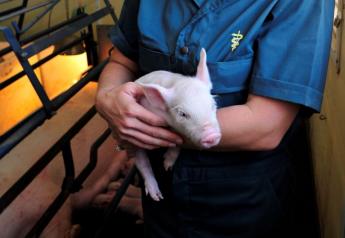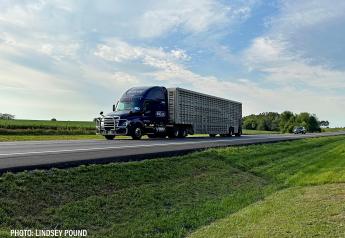Is It A Good Time To Restructure Interest Rates?
The Federal Reserve Open Market Committee has increased interest rates four times this year. During press comments following the FOMC’s September meeting, Federal Reserve chairman Jeremey Powell indicated rates would increase again in December and into next year. Should that spur farmers to fix some variable rate loans?
It’s very likely the Federal Reserve will increase interest rates again in December and maybe twice more in 2019, says Gary Sipiorski, a former Wisconsin banker and now Dairy Development Manager for Vita Plus, Inc. Sipiorski serves on a Midwest Advisory Council for the Federal Reserve.
“The sentiment is that rates will move higher in the short-term,” says Sam Miller managing director of agriculture lending at BMO Harris Bank.
However, beyond next year the yield curve, which is a measurement that compares interest rates today to what they will be at various points three, five, 10, 30 years down the road, is flat as a pancake, he adds.
Some economists on the Federal Reserve Board feel that the Fed rate needs to go to 3% to curb prevent the U.S. economy from over-heating, he says. “Now is a good time to lock in variable loan rates if you can,” Sipiorski says.
Miller points out the long-term yield curve is what farmers should study when deciding if it’s the right decision to renegotiate interest rates at this point.
“When does the increasing short-term rate become a higher interest cost over the life of the loan than fixing it today at a higher rate?” he questions.
Here’s an example of how to figure this out. If a farmer is paying 4.5% today, and it can be fixed at 6%, that's 1.5% the variable rate can increase over the life of the loan. Is it likely rates will increase that much?
“Sometimes you’re better off keeping a variable rate loan,” Miller says. “Now, if it's a 10- or 20-year fixed rate, okay, that might be a different discussion."







